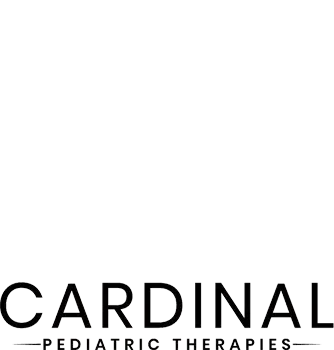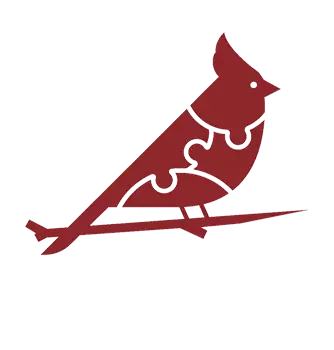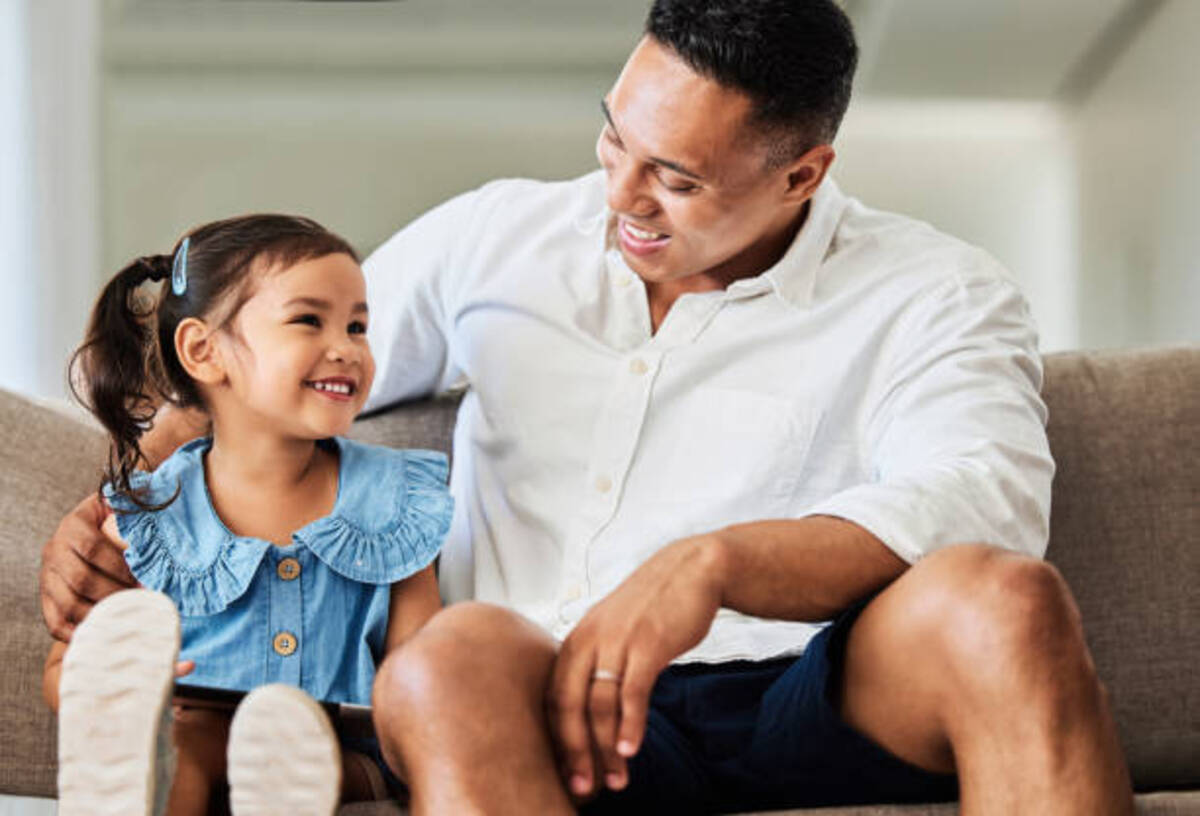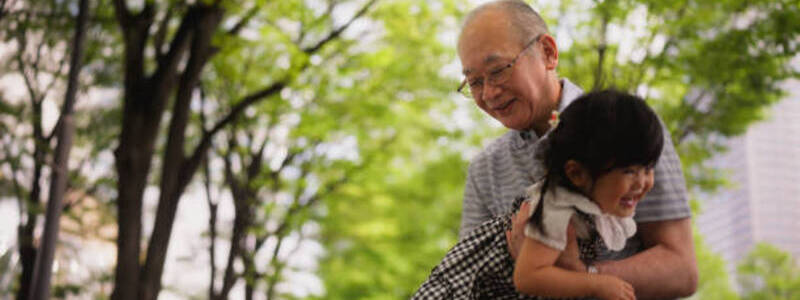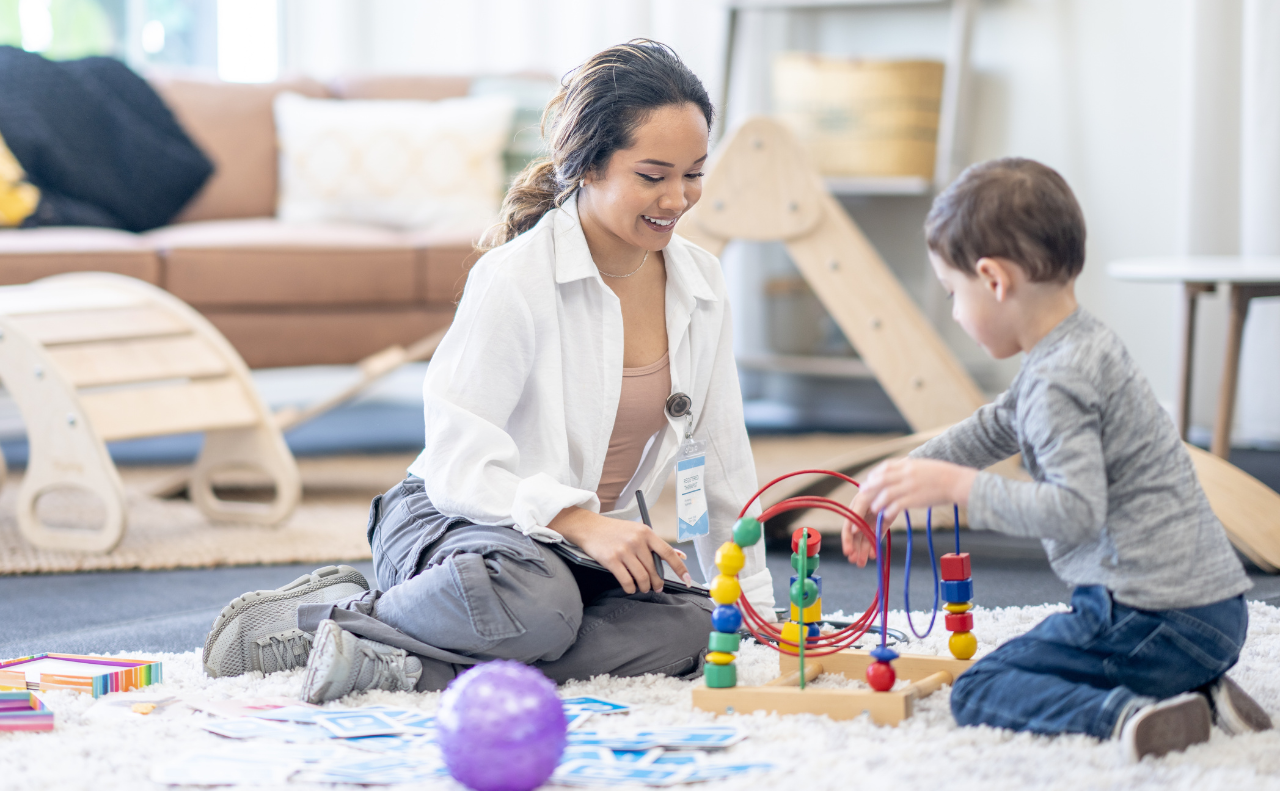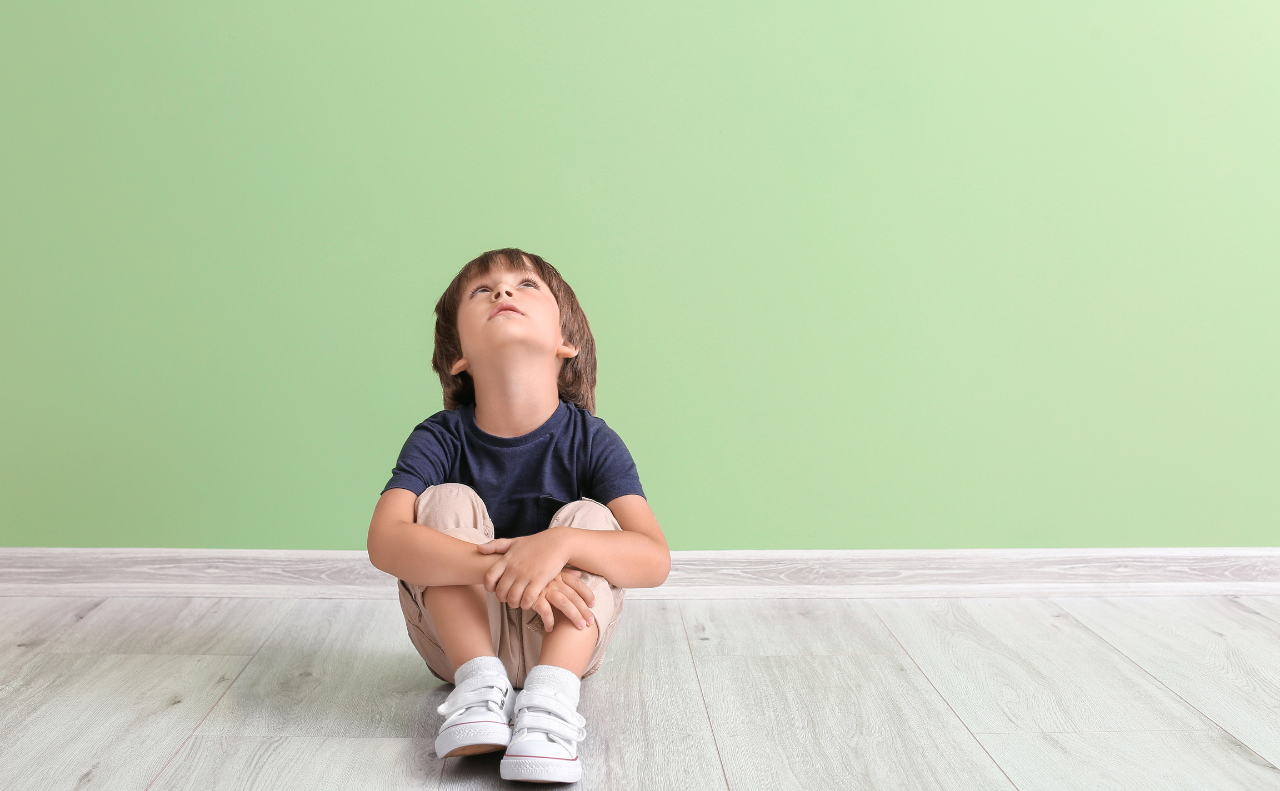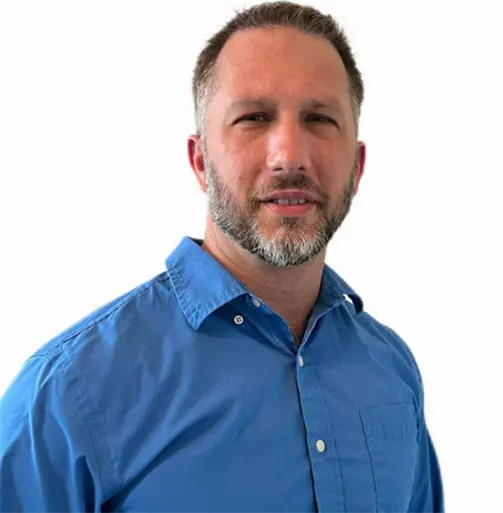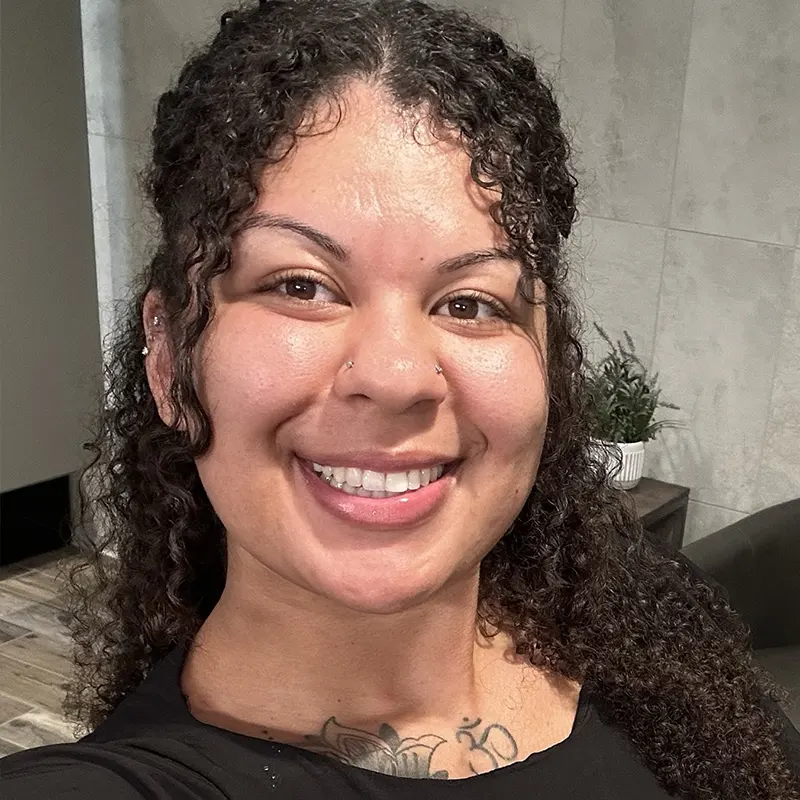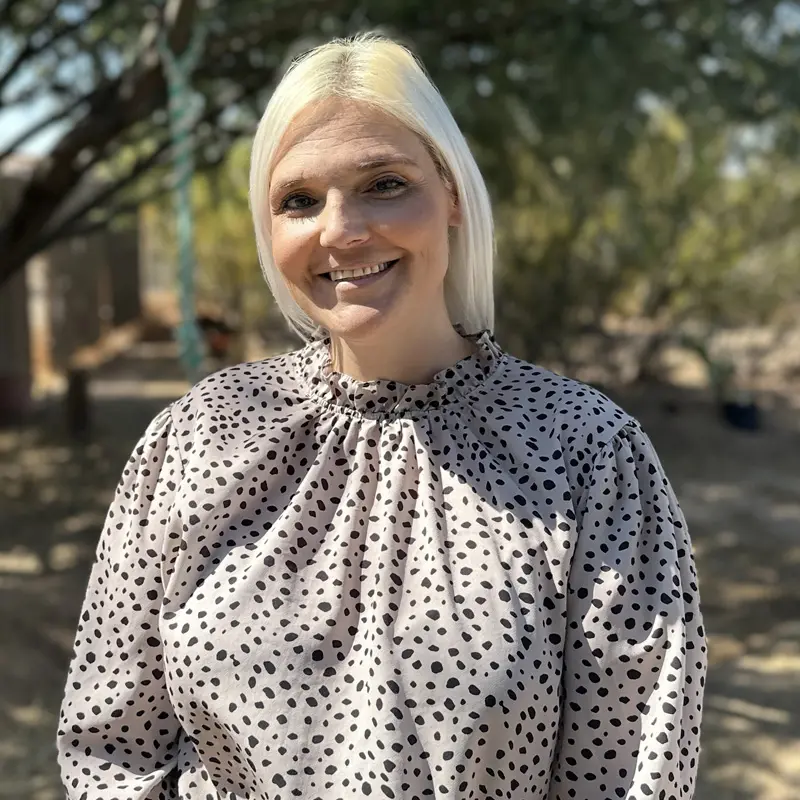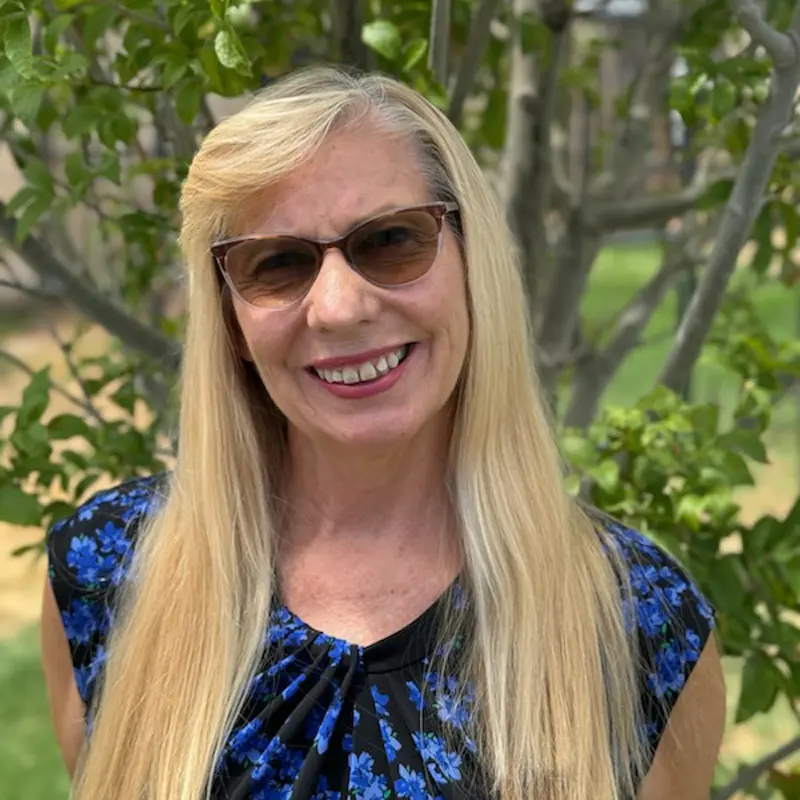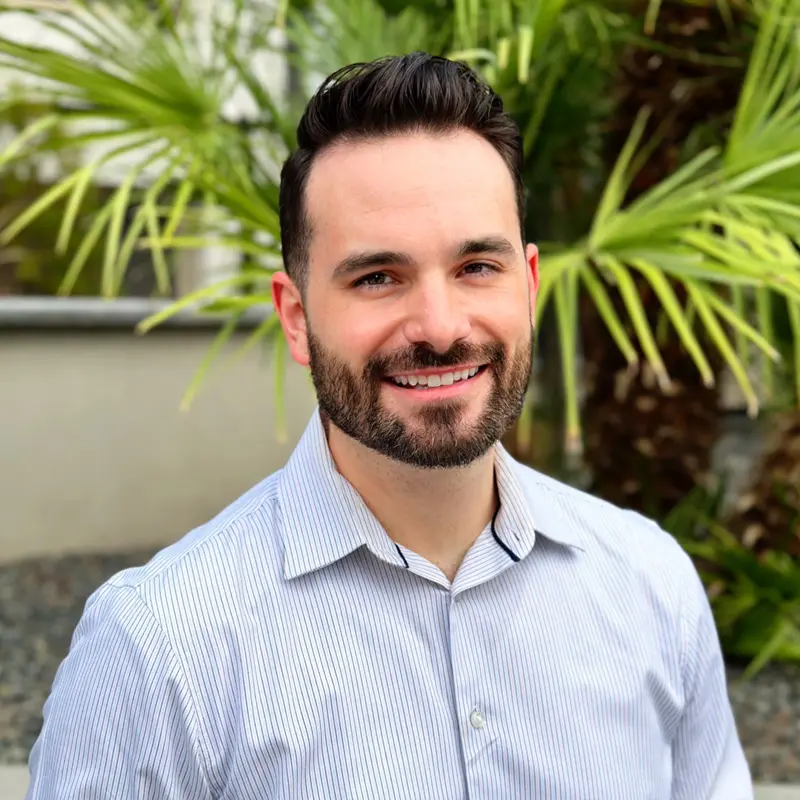At Cardinal Pediatric Therapies, we know that no two children are alike, especially when it comes to learning, communication, and emotional growth. Children with Autism Spectrum Disorder (ASD) often face unique challenges in developing social skills, expressing their needs, and adapting to daily routines. For parents, finding the proper support can feel overwhelming and 1 on 1 ABA Therapy benefits any child.
That’s why we offer 1 on 1 ABA therapy, also known as individualized Applied Behavior Analysis (ABA) therapy, across our clinics in Phoenix, Wilmington, Cary, and Clayton and through our in-home ABA therapy programs. This highly personalized model ensures that every session is built around your child’s strengths, needs, and goals, creating a pathway toward lasting progress and independence.
ABA therapy services are evidence-based, with decades of research confirming their effectiveness in improving communication, social skills, and daily living abilities for children with autism. The National Institutes of Health (NIH) notes that ABA techniques remain among the most widely validated interventions for individuals with ASD, helping children learn new behaviors and reduce challenges that interfere with everyday life.
Below, we’ll explore three powerful benefits of individualized ABA therapy and how this approach helps children with autism grow and thrive at home, school, and beyond.
1. Personalized ABA Treatment Plans for Every Child
A cornerstone of ABA therapy is its emphasis on data-driven personalization. At Cardinal Pediatric Therapies, every child begins with a thorough behavioral assessment conducted by a Board Certified Behavior Analyst (BCBA). This process helps identify your child’s current skills, learning style, and areas for growth.
From there, we develop a personalized treatment plan, a roadmap that targets meaningful goals such as communication, social participation, self-regulation, or academic readiness. These plans are not static. They evolve alongside your child’s progress, ensuring that therapy always reflects their current abilities and challenges.
Personalized therapy plans also facilitate greater coordination among parents, teachers, and caregivers. For example, if your child is working on sharing or turn-taking in our In-Clinic ABA Therapy sessions, our therapists can provide tools to practice those same behaviors at home or school. This consistency across environments helps children generalize new skills and apply them naturally in daily life.
According to Autism Speaks, the structure of 1 on 1 ABA therapy ensures that goals are achievable, measurable, and deeply connected to a child’s daily routines. By combining autism therapeutic services with family collaboration, we ensure that every milestone achieved in therapy is supported and celebrated beyond the clinic walls.
2. Consistent Attention and Support
For many children with autism, group settings can feel overwhelming. Loud environments, unpredictable interactions, and sensory distractions can interfere with learning. 1 on 1 ABA therapy provides a calmer, more structured space where children can focus and feel secure.
In these sessions, the therapist’s full attention is dedicated to your child. This means each prompt, reward, and strategy is tailored in real time. When a child struggles with a skill, the therapist can pause to analyze what’s happening and modify the approach immediately, something that’s difficult to achieve in group formats.
This direct attention allows for:
- Immediate feedback that helps reinforce learning in the moment
- Stronger engagement, since children feel seen and understood
- More accurate progress tracking, allowing adjustments as needed

At Cardinal, our therapists use positive reinforcement to motivate success. Whether your child is mastering eye contact, initiating play, or using words to request something they want, each success is met with encouragement and support.
Many families also choose to combine 1 on 1 ABA Therapy sessions with Parent Coaching. This program teaches caregivers ABA strategies they can use between sessions turning everyday moments like mealtime or playtime into opportunities for growth. Parents often tell us this partnership helps them feel more confident and connected in supporting their child’s development.
3. Flexibility and Adaptability to Each Child’s Needs
Children with ASD thrive on routine but also need flexibility in how they learn. Individualized ABA therapy provides both structure and adaptability. Because therapy happens one-on-one, the therapist can modify lesson plans, adjust pacing, and introduce new teaching methods based on the child’s daily mood, progress, or emerging skills.
This adaptability is especially important for children who experience difficulty with transitions or unexpected changes. In a 1 on 1 setting, the therapist can prepare and guide the child through transitions gently, helping them build tolerance for change over time.

For example, if a child has mastered a communication skill in the clinic, the therapist may replicate the scenario during In-Home ABA Therapy to encourage generalization in a familiar setting. This ensures that skills learned in therapy transfer naturally into real-world routines, like brushing teeth, greeting family members, or completing schoolwork.
The Centers for Disease Control and Prevention (CDC) highlights the importance of early, adaptable interventions for children with ASD, emphasizing that flexible, individualized programs lead to better long-term outcomes. At Cardinal, this adaptability allows us to align therapy with each child’s developmental pace and sensory needs, whether sessions take place in a clinic or at home.
Why 1 on 1 ABA Therapy Works
Research consistently supports 1 on 1 ABA therapy services as one of the most effective, evidence-based approaches for children with autism. The individualized format enhances these outcomes by providing:
- Higher engagement and motivation through personalized reinforcement systems
- Improved communication via focused language modeling and repetition
- Behavioral consistency that builds confidence and reduces frustration
- Stronger parent collaboration, which accelerates progress outside of sessions
Our therapists also collaborate closely with other professionals, such as speech-language pathologists and educators, to ensure continuity of care. This multidisciplinary support reinforces Cardinal’s commitment to professionalism, empathy, and accountability, values that define every service we provide.
Building Confidence and Independence, One Session at a Time
Every child’s journey with autism is unique. Some children begin with early intervention, while others start therapy later in childhood or adolescence. Regardless of when therapy begins, 1 on 1 ABA therapy offers the individualized attention necessary to build a foundation for lifelong learning and independence.
Parents often share that their children not only gain new skills but also develop greater confidence and joy in participating in daily life. They begin to communicate their needs more clearly, engage in social play, and handle transitions with less stress. For many families, these small but meaningful changes make a world of difference.

At Cardinal Pediatric Therapies, we see progress as a partnership. Our therapists, parents, and children work together, celebrating every milestone and addressing each challenge with compassion and creativity.
Take the Next Step Toward Personalized ABA Support
If you’re considering therapy for your child, now is the perfect time to explore a personalized 1 on 1 ABA therapy program. Cardinal Pediatric Therapies proudly serves families throughout Arizona, North Carolina, and Colorado, offering in-clinic, in-home, and group family coaching options.
Our team of highly trained professionals is here to guide your family every step of the way, from initial evaluation to ongoing therapy and parent support.
Please request a free consultation today to learn how our individualized approach can help your child grow, communicate, and connect in meaningful ways.
